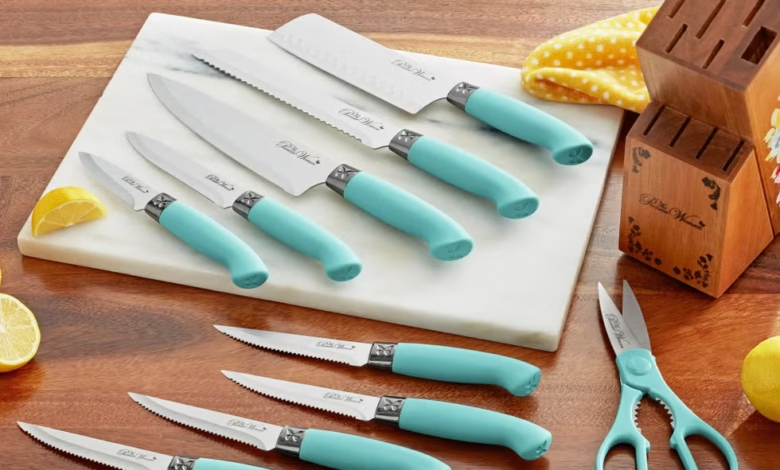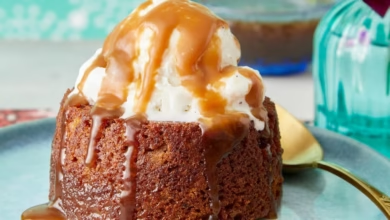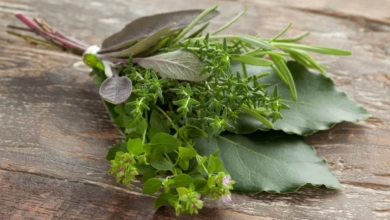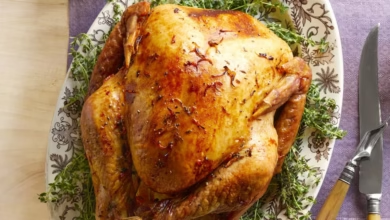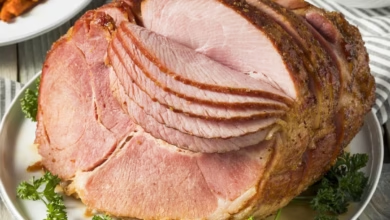How to Care for Kitchen Knives
When it comes to essential kitchen tools, knives likely top your list. And for good reason! As Ree Drummond, also known as The Pioneer Woman, says, “A good knife is essential in the kitchen.” With her expertise in creating comforting meals, she knows firsthand the importance of a reliable knife.
Whether it’s a versatile chef’s knife or a full knife set, these tools are indispensable for daily cooking tasks. However, simply owning quality knives isn’t enough—you also need to care for them properly. Proper knife care not only extends their lifespan but also ensures your safety during use.
From cleaning to storing and sharpening, there are some basic steps every cook should follow. Below, you’ll find everything you need to know to keep your knives sharp, safe, and long-lasting. Let’s dive in!
How to Clean Kitchen Knives
The best way to clean your kitchen knives is by hand. While it might be tempting to toss them in the dishwasher for convenience, the machine can dull the blades and weaken the handles over time—even on the top rack. Instead, clean your knives using warm water, dish soap, and a sponge. Once clean, dry them thoroughly to prevent rust.
For hygienic reasons, always wash knives (and cutting boards) immediately after cutting raw meat to avoid cross-contamination. Additionally, acidic foods like citrus can react with the steel blade and cause corrosion, so clean your knives right after cutting these items.
If you prefer washing dishes in a sink full of soapy water, be cautious. Avoid submerging knives in the sink, as reaching in blindly could lead to accidental cuts. Instead, wash knives one at a time. If you’re worried about nicking your hands while cleaning, consider using a cutlery cleaner to provide a safer cleaning experience.
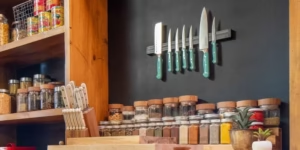
How to Store Kitchen Knives Safely
To protect yourself, your other utensils, and your knives, never store knives in a drawer without covering the blades. Exposed blades can lead to accidental cuts, damage other utensils, and dull more quickly.
For those with only a few knives, consider investing in kitchen knife sheaths to protect the blades. If you have a larger collection, a drawer insert designed for knives can help keep them organized.
A popular storage option is a magnetic knife holder mounted to the wall, which keeps knives easily accessible while prepping. Just ensure the blades are angled away from you and out of reach of children.
The most common storage solution, however, is a wooden knife block. This option offers both safe storage and convenience, with dedicated slots for each knife. Many knife sets, including those from The Pioneer Woman, come with a wooden knife block, but you can also purchase one separately in various sizes.
How to Keep Kitchen Knives Sharp
Did you know that dull knives are more dangerous than sharp ones? A dull blade requires more force, increasing the likelihood of slippage and injuries. Sharp knives, on the other hand, are safer and much easier to use.
To keep your knives sharp, follow these tips:
- Use a cutting board: Wood and plastic boards are the most knife-friendly, protecting both your blades and your countertops.
- Hone your knives regularly: A honing rod helps realign the blade with just a few strokes. It’s a good practice to hone your knives before or after each use.
- Sharpen your knives as needed: Depending on usage, knives should be sharpened at least once or twice a year. You can use a whetstone if you’re confident in your skills, opt for a knife sharpener for convenience, or take them to a professional. Many restaurant supply stores, specialty kitchen stores, and even hardware stores offer knife sharpening services.

